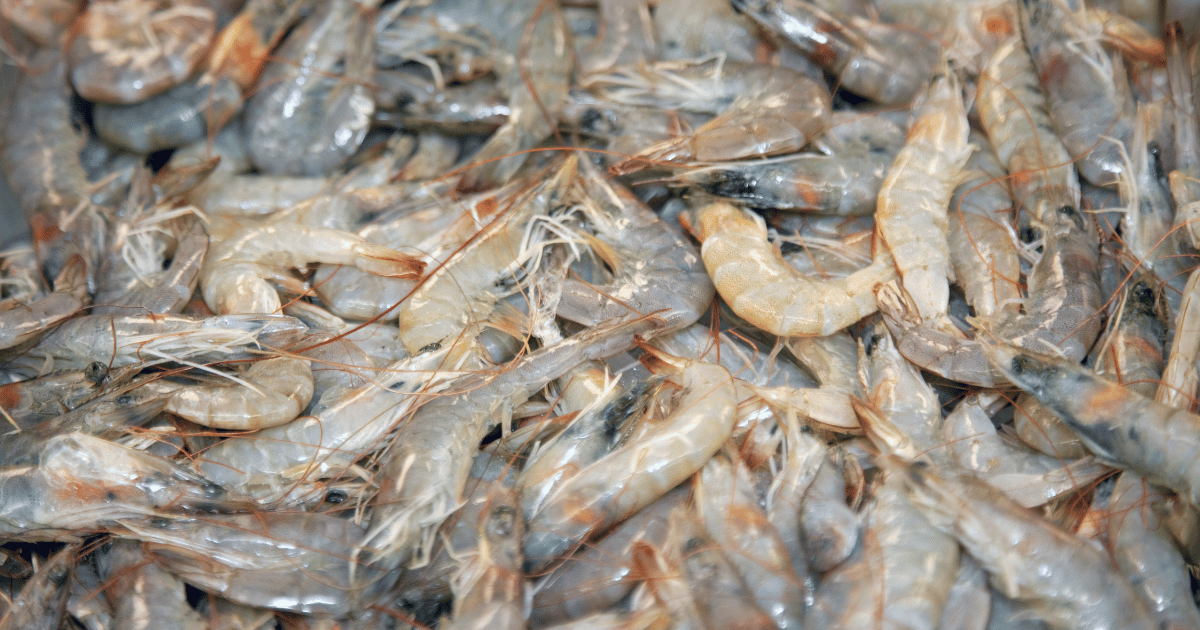BLOGS

Shrimp Farming Techniques and Best Practices Using EM-1
Shrimp farming techniques and best practices using EM-1 (Effective Microorganisms) involve utilizing beneficial microbes to enhance the overall health and productivity of shrimp ponds. EM-1 is a specific blend of microorganisms that can positively impact the water quality, nutrient cycling, and disease control in shrimp farming systems. Here are some key practices for shrimp farming using EM-1:
Pond Preparation: Before stocking shrimp, it's crucial to prepare the pond properly. This involves removing any existing sludge or organic matter, leveling the pond bottom, and applying lime to adjust pH if necessary. Adding EM-1 to the pond during this stage helps establish a beneficial microbial community.
Seed Stocking: When introducing shrimp seedlings to the pond, it is recommended to treat the seedlings with EM-1 before stocking. This can be done by immersing the seedlings in a diluted EM-1 solution to enhance their health and immunity.
Water Quality Management: Regular monitoring and maintenance of water quality parameters such as temperature, dissolved oxygen levels, pH, and ammonia levels are essential. EM-1 helps improve water quality by enhancing beneficial microbial activity, reducing harmful pathogens, and promoting nutrient cycling.
Organic Waste Management: Shrimp farming generates organic waste, including uneaten feed and shrimp excrement. Managing organic waste effectively is crucial to prevent water quality issues. EM-1 helps break down organic matter, reducing its impact on water quality and minimizing the accumulation of toxic compounds.
Nutrient Management: Proper nutrient management is essential for shrimp growth and pond productivity. EM-1 aids in the decomposition of organic materials, releasing nutrients that can be utilized by shrimp and beneficial phytoplankton. Regular testing and supplementation of essential nutrients may be necessary.
Disease Prevention: Shrimp are susceptible to various diseases. Using EM-1 can help establish a healthy microbial balance in the pond, reducing the risk of harmful pathogens. It is important to monitor shrimp health regularly and take necessary measures to prevent and control diseases.
Water Exchange and Aeration: Adequate water exchange and aeration are crucial for maintaining optimal dissolved oxygen levels and preventing stagnant conditions. EM-1 helps improve water clarity and oxygen availability, reducing the need for excessive water exchange.
Regular Application of EM-1: Applying EM-1 at regular intervals throughout the shrimp farming cycle helps maintain a beneficial microbial community in the pond. This can be done by diluting EM-1 and evenly distributing it across the pond surface.
It's important to note that while EM-1 can be beneficial in shrimp farming, it is always recommended to consult with local experts, shrimp farming associations, or agricultural extension services for specific recommendations and guidelines tailored to your region and farming conditions.

©2021 TeraGanix Holdings LLC. All rights reserved

©2021 TeraGanix Holdings LLC. All rights reserved



